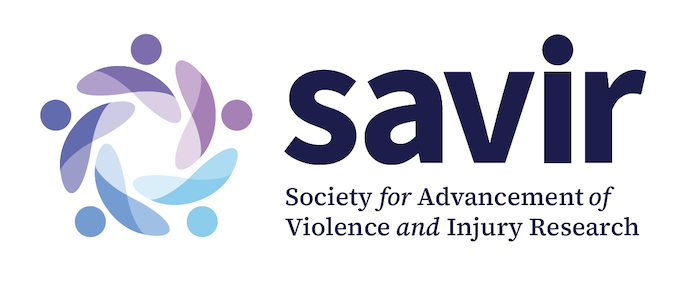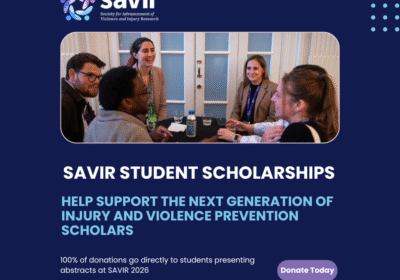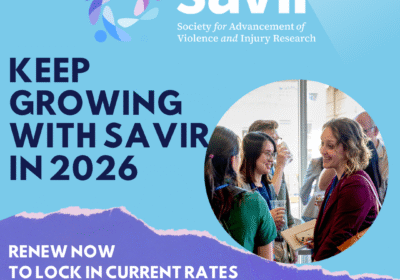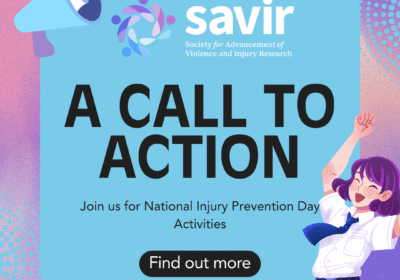SAVIR Center Spotlight: University of Iowa Injury Prevention Research Center
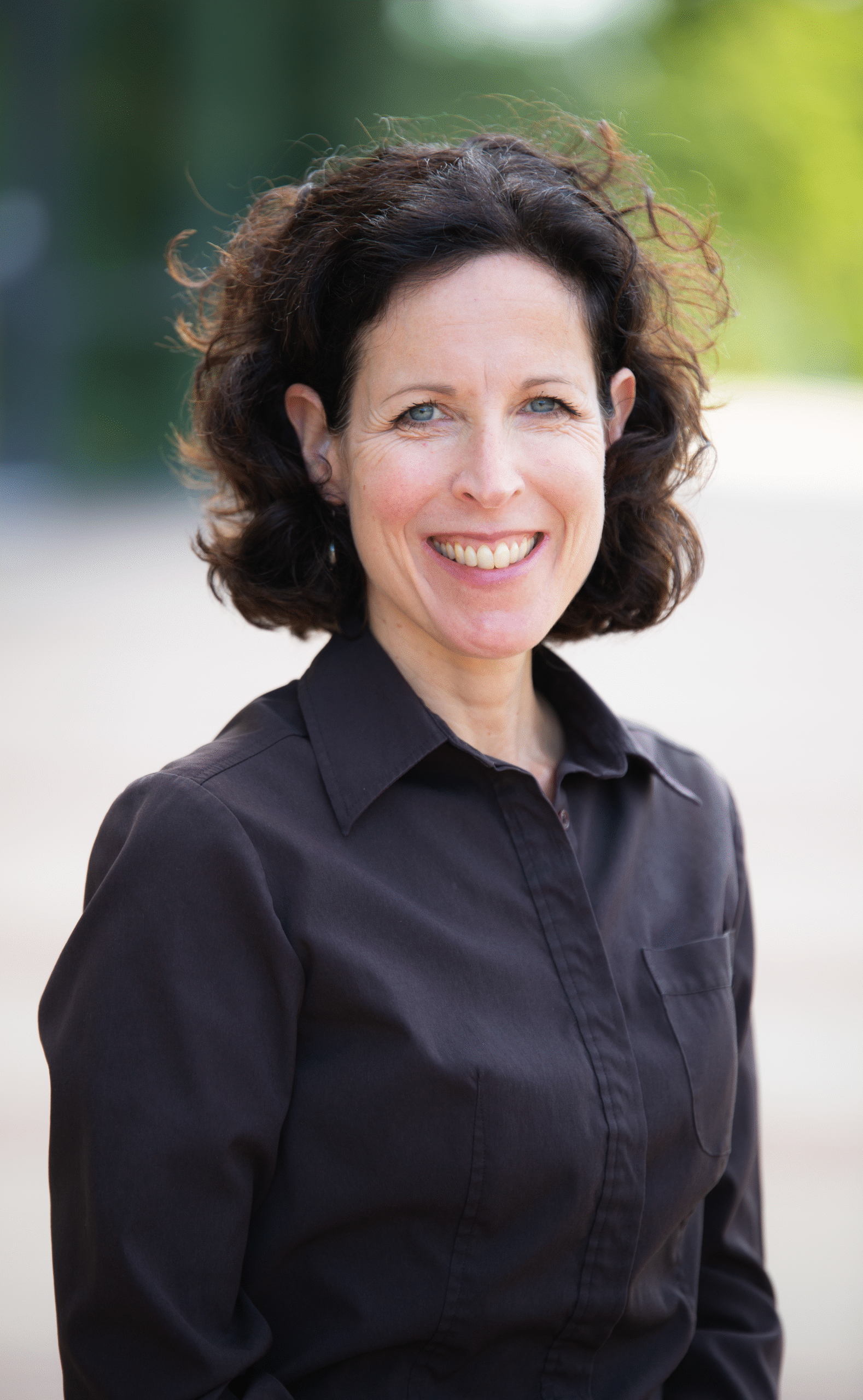
Director: Carri Casteel
Find Us on Social Media:
- LinkedIn: https://www.linkedin.com/company/university-of-iowa-injury-prevention-research-center/
- Facebook: https://www.facebook.com/UIIPRC/
- X: https://x.com/UIIPRC
- Instagram: https://www.instagram.com/uiiprc/
- Website: https://www.uiiprc.org
Year Organization/Center was founded: 1991
City/State where Organization/Center is located: Iowa City, Iowa
What is something that the city in which your organization/center is located is known for?
The University of Iowa is known for the “Hawkeye Wave,” a tradition that takes place at every home football game. At the end of the first quarter, thousands of fans in Kinnick Stadium turn to wave at the Stead Family Children’s Hospital, which overlooks the field. From the hospital’s upper floors, pediatric patients and their families wave back, often holding handmade signs. You can’t help but think that many of those children are in recovery from serious, life-changing injuries.
What is/are the primary injury topics your organization/center addresses?
Our eight Research and Practice Action Teams (RPATs) are primary areas of focus led by both a researcher and a practitioner. They include Trauma care; Older adult falls; Road safety; Intimate partner violence; Adverse Childhood Experiences; Drug overdose; Firearm safety; and Suicide prevention. But our work goes beyond these areas—like occupational injuries, agricultural injuries, and disaster preparedness.
Please tell us a bit about the injury work that is being done at your organization/center. This work does not have to solely be work related to traditional grants or publications, it can include unique projects, community partnerships, and/or outreach programs.
As a rurally located center in a mostly rural state, our work is very much centered, though not exclusively, on rural injury and violence prevention. Our dedicated faculty, staff, and students are helping to solve real problems in rural communities—from ATV and firearm injuries to suicide, teen dating violence, falls in older adults, and road safety. For example, we are working with communities to implement a rural roadway safety campaign. People living in rural areas face unique challenges, including geographic isolation, longer travel times to hospitals and preventive services, and limited access to mental health care. Our center remains committed to advancing injury and violence prevention efforts in these communities. We have a longstanding partnership with our state injury prevention program, collaborating on projects such as a new state plan to prevent first-time occurrence of sexual violence. We also help our partners track trends for opioid overdoses, homicides, and suicides, and evaluate state overdose prevention efforts.
Are there opportunities in which students or faculty can connect with your organization/center (i.e. training or outreach opportunities)?
The best way to stay in touch with our center’s news and opportunities is to subscribe to our newsletter and follow us on social media. You can subscribe to our newsletter here, and you can learn about our training and education programs on our website.
Is there anything your organization/center needs that a SAVIR member or center could collaborate with you on?
We are expanding our work in youth violence and firearm injury prevention and would benefit from collaboration with centers that have expertise in community-based interventions, policy evaluation, or data linkage across systems (e.g., health, education) in these topic areas.
We are also looking to strengthen our training programs for students and early-career injury researchers. We’d love to collaborate on cross-center mentorship opportunities, webinars, or practicum placements for students.
How is your organization / center involved with SAVIR (i.e. past/future conference site, board/committee members)?
We are very involved with SAVIR. I was president from 2016 to 2017 and now serve on the Council of Past Presidents. Lisa Roth, our deputy director, serves on the Advocacy and Policy committee, and Cara Hamann, who leads our training and education core, is currently co-chair of the Science, Research, Training and Infrastructure commiteee. Ann Saba, our communication specialist, serves on the Community, Engagement, and Outreach committee. Many of our students attend SAVIR every year and have participated in the Student and Early Career Professionals committee. Back in 2011, we hosted the very first SAVIR joint meeting with the Safe States Alliance titled Progress Through Partnerships.
Tell us about a fun tradition or activity you do as an organization/center.
Last summer, our center leadership team had an amazing opportunity to visit new partners and participate in an injury and violence prevention conference on Pine Ridge Reservation, home of the Oglala Sioux Tribe. We drove 12 hours from Iowa to South Dakota in a minivan, participated in Lakota cultural traditions, and overall had a very meaningful experience that we still talk about today.
Anything else you would like to share with SAVIR members about your organization/center?
Nearly a decade ago, we launched a monthly blog to share our research. Today, our website hosts a growing archive of more than 110 articles covering over 30 topic areas. You can explore current and past posts—and subscribe to receive new ones—right from our homepage.
